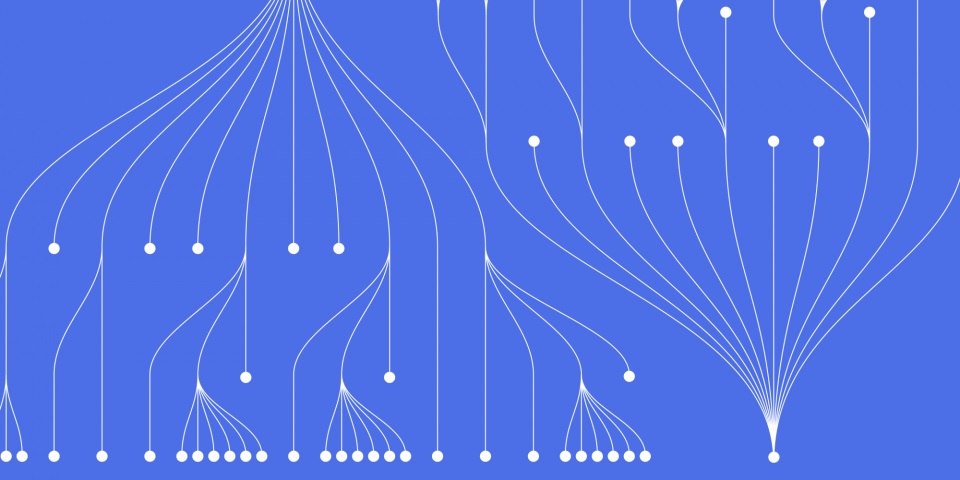
5 September 2023
Adopting microservices can provide tremendous benefits, but transitioning a monolithic application requires careful planning and execution. This guide covers proven migration strategies to help incrementally convert a monolith to microservices.
Legacy monolithic applications hamper agility and innovation due to tight coupling, poor scalability, and complexity. Migrating to a microservices architecture breaks down the monolith into independently deployable services. This enables:
However, a "big bang" rewrite is high risk and expensive. The solution is an incremental migration approach.
Before migrating, honestly assess readiness across three dimensions:
Architecture - Is the monolith modular with clear seams to extract services? Is integration complexity manageable?
Team - Does the team have sufficient microservices experience and skills? If not, training will be required.
Resources - Does the budget support potentially years-long effort? Are stakeholders committed?
Be realistic about gaps that must be addressed beforehand.
Choose the first service wisely as it will demonstrate feasibility and impact. Ideal criteria:
Avoid core functionality or shared libraries early on. Start on the periphery then work inward.
There are two proven patterns for extracting services:
Strangler Pattern - Build new microservices that call into the monolith. Slowly redirect traffic to microservices while strangling unused monolith code.
Façade Pattern - Create a façade service that encapsulates the monolith behind a well-defined interface. Refactor behind the façade incrementally.
Focus on backward compatibility and availability throughout the process. Refactor in small steps while delivering incremental business value.
Well-defined service interfaces are key to loose coupling. Characteristics include:
Microservices must integrate. Common patterns:
Aim for asynchronous messaging across bounded contexts. Use REST within a context.
Adopt a decentralized data model:
Incrementally break apart databases to align with services. Data migration is challenging - expect issues.
To manage microservices at scale:
High release velocity, flexibility, and feedback loops create business value faster.
To maximize microservices benefits:
Balance autonomy with alignment to business goals.
Expect hurdles like:
Careful architectural design reduces these issues over time as practices mature.
Migrating from monoliths enables agility and innovation but requires meticulous execution. By following an incremental "strangler" approach focused on high-value services, organizations can realize benefits while mitigating risk. With planning, leadership commitment, and organizational change, microservices success can be achieved.
If you enjoyed this article you might like to check out our Microservices Architecture: A Beginner's Guide part of our Microservices Architecture training.
JBI Training can offer the complete solution to all of your tech training requirements. Some other courses you might be interested are

CONTACT
+44 (0)20 8446 7555
Copyright © 2025 JBI Training. All Rights Reserved.
JB International Training Ltd - Company Registration Number: 08458005
Registered Address: Wohl Enterprise Hub, 2B Redbourne Avenue, London, N3 2BS
Modern Slavery Statement & Corporate Policies | Terms & Conditions | Contact Us
POPULAR
AI training courses CoPilot training course
Threat modelling training course Python for data analysts training course
Power BI training course Machine Learning training course
Spring Boot Microservices training course Terraform training course